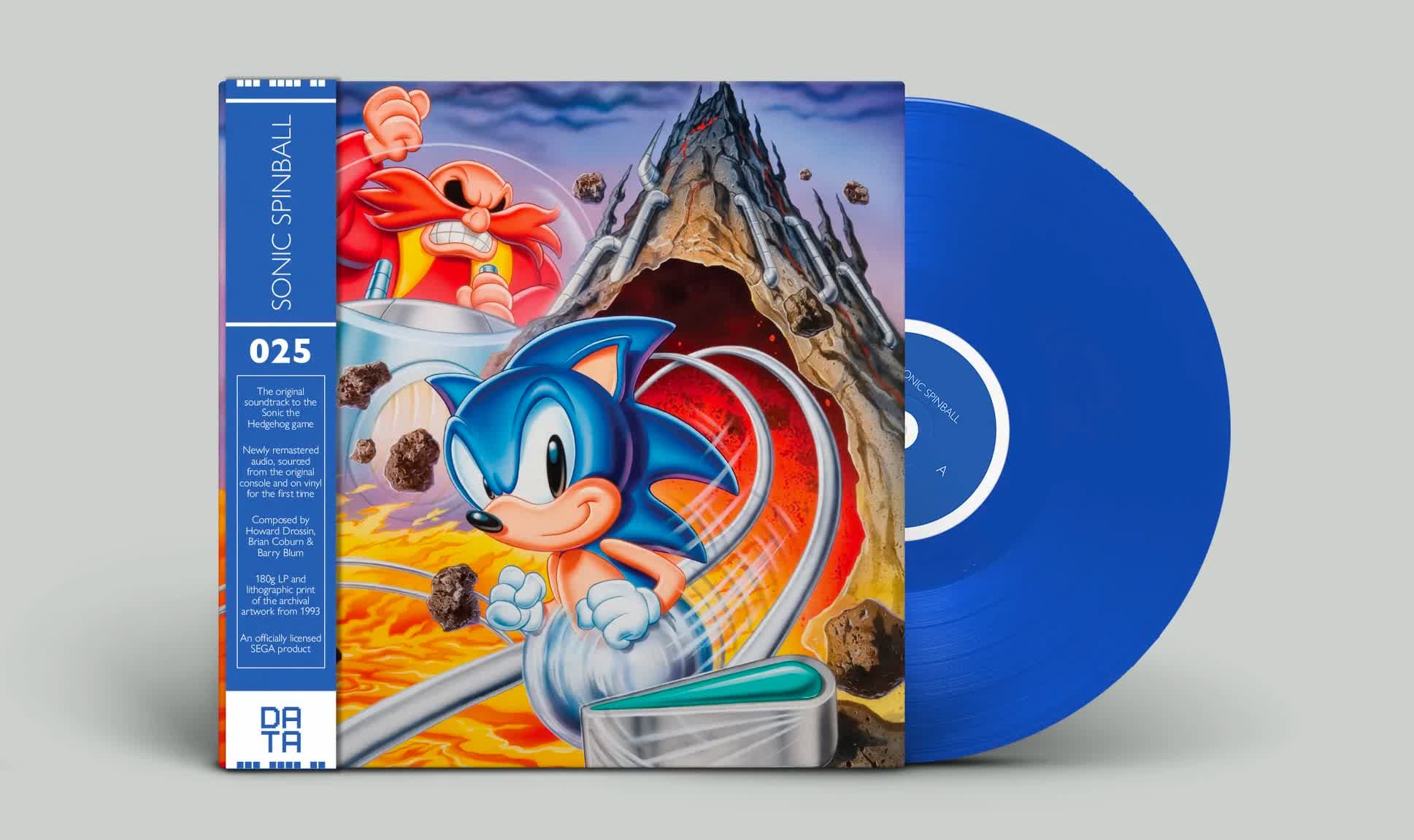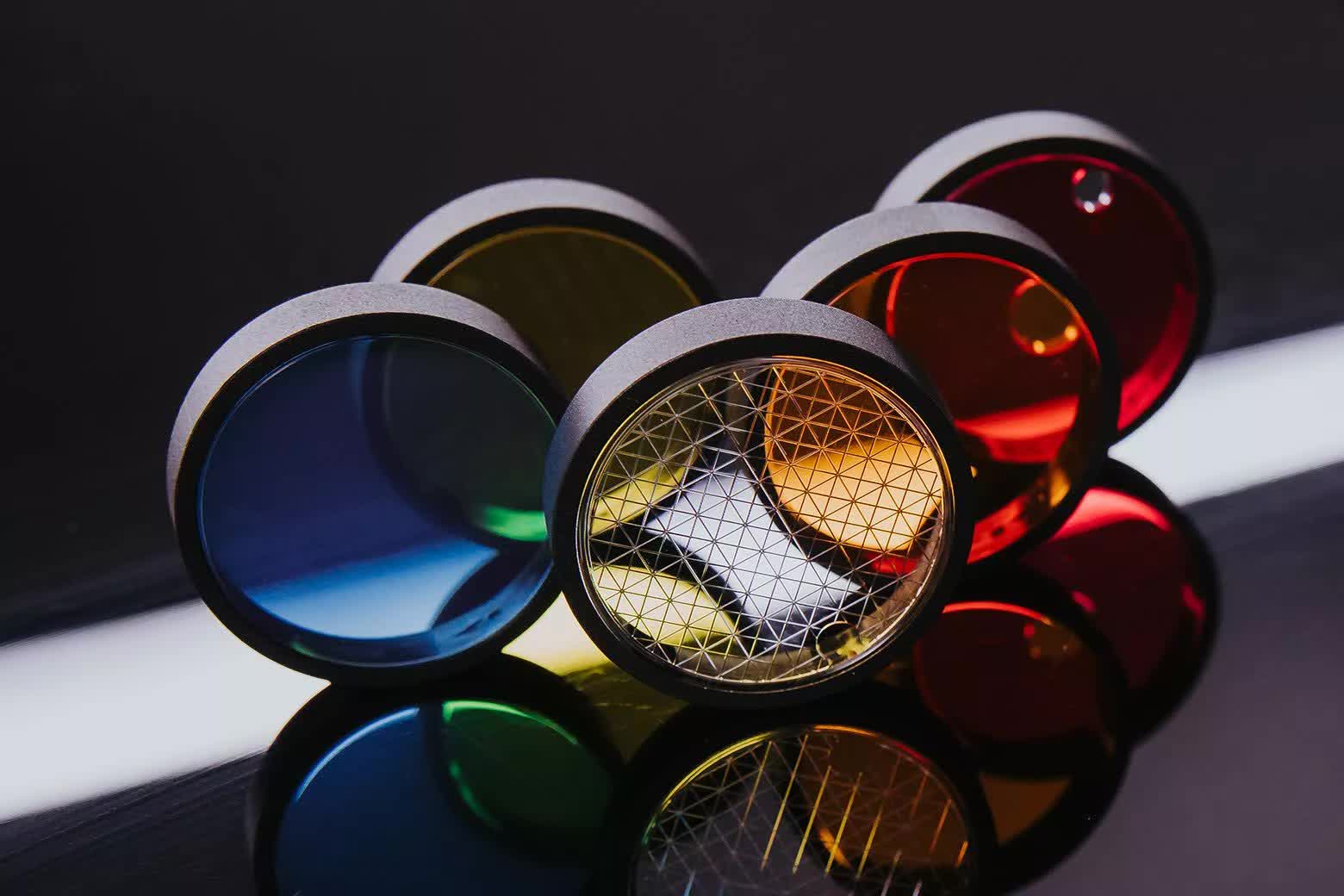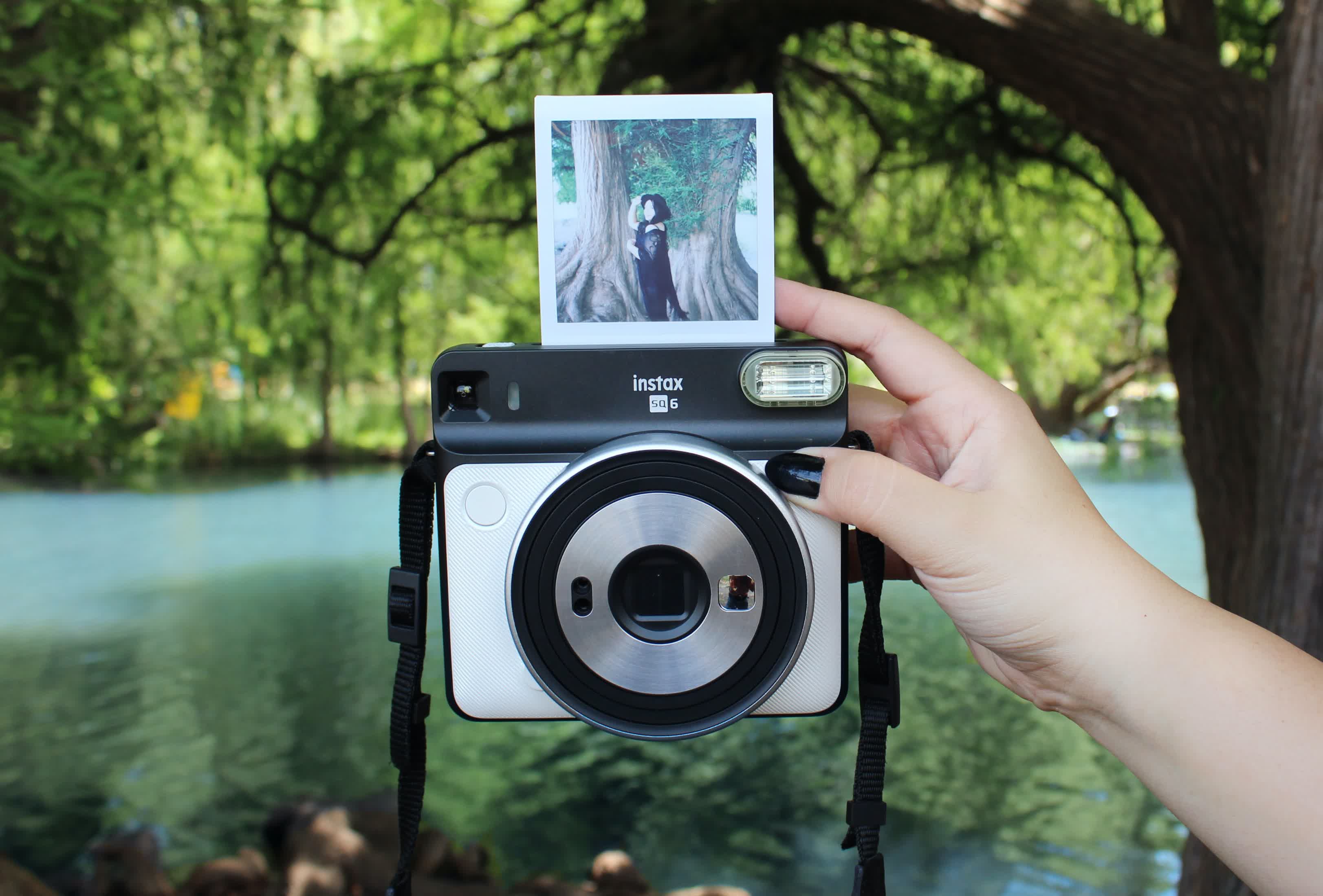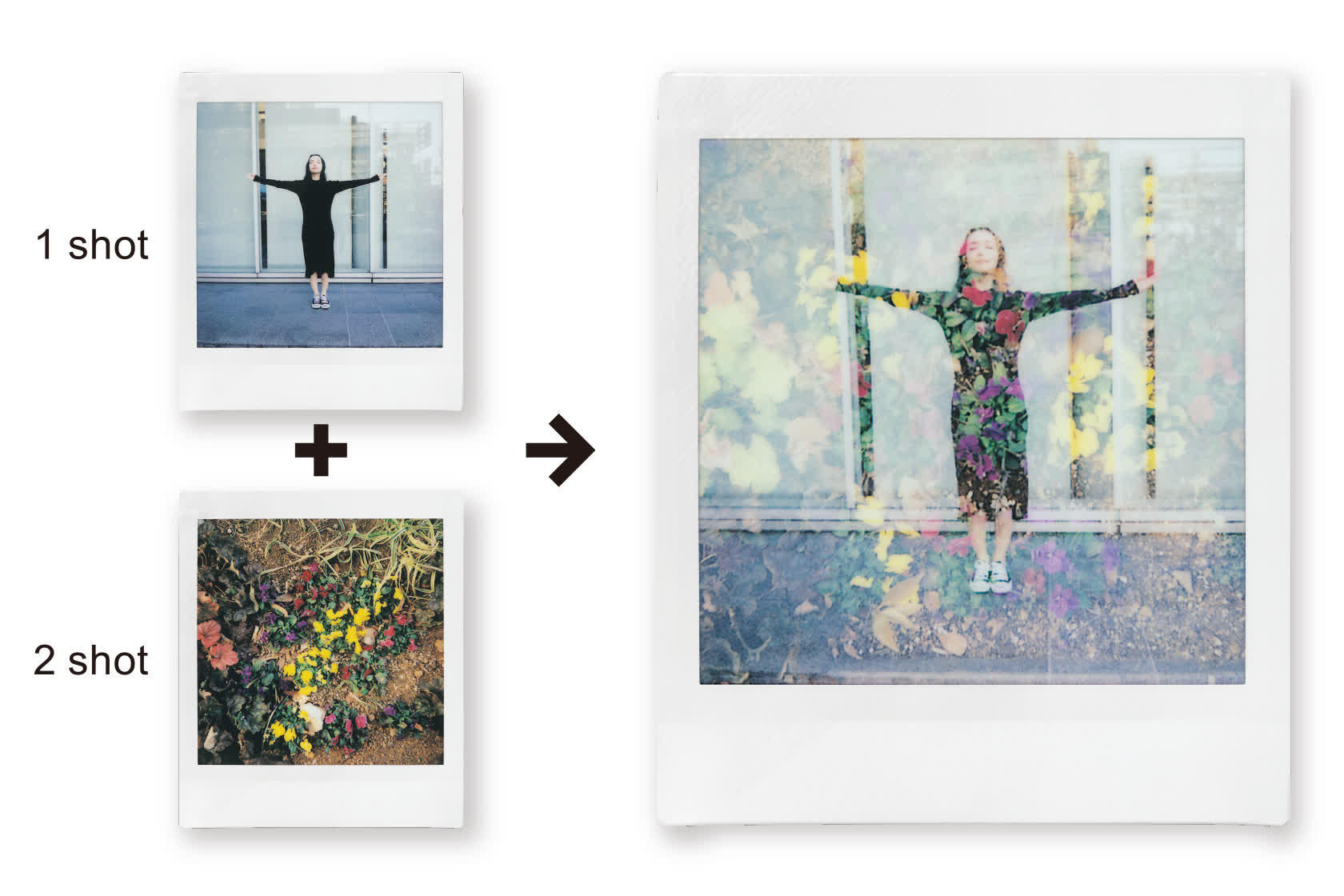Zeroes and ones were promised to be the future, with digital media taking over in several ways. But the transition hasn't been the smoothest, and in some situations, customers are returning to analog experiences in search of something more tangible.
Journalist David Sax and author of The Revenge of Analog: Real Things and Why They Matter, explains that pushback is inevitable. "We are analog creatures in an analog world," he summarizes. "The digital world is simulating that in some way or another."
Response to that simulation varies from medium to medium. Sax's book describes resurging analog technologies. "Physical goods, turntables, and notebooks were disrupted by alternatives like streaming music, Amazon, or software," he explains. "But the analog media saw a growth just when those technologies were peaking. For example, vinyl boomed when Spotify peaked."
Pressing Records
It's not some half-baked theory, there are whole new companies that follow up on the desire for analog experiences. Others are having to cope with higher demand.
For example, United Record Pressing, the largest record-pressing plant in the United States, which has been around since 1949, had to relocate in 2017 to a larger facility to accommodate the increased demand. Even White Stripes frontman Jack White opened up Third Man Pressing, helping to also serve record-pressing needs in the US.
Elsewhere, industries are finding new ways to meet the increased interest in physical media, even taking digital soundtracks and getting them on record. Data Disc was founded in 2015 as a record label solely dedicated to releasing video game soundtracks on vinyl. They've partnered with Sega, Capcom, Konami, and SNK.
Jamie Crook, the founder of Data Disc, explains his view "I don't really know where the current growth of vinyl has come from, but it's been a gradual thing over many years, largely thanks to all the indie labels that kept the format alive during the dark years. It would be misleading to suggest there's been a sudden boom, but I'd say that interest has been growing faster since around 2010."
That led to Data Disc, "to us, it just seemed like an obvious market, particularly since movie soundtracks had been rapidly growing in popularity since around 2012. We have our own mastering and recording studio here in London, and a member of our team also has a background in product licensing, so we were already set up for this kind of venture. We still do almost everything in-house to this day."
Since the team uses its own mastering studio it can take its time during the mastering process.
To some, the process may seem counter-intuitive, taking a digitized soundtrack from a video game, then remastering it for an analog format. What's the point?
"If a record is well mastered and pressed with care, then it can be a hugely satisfying experience that offers a different listening experience from a digital download," says Crooks. "However, neither format is "better" than the other; they're just different.
Likewise, a quality lossless download is just as satisfying in its own way. As for Data Discs, we have a surprisingly broad customer base and our customers buy records for many different reasons, all of which are equally valid. There's really not a one-size-fits-all answer as to why people buy records in 2022."
Some say that vinyl sounds warmer and that it connects with the listener better, while others say that the physical media is a way of supporting their favorite artists, creating a collection, or having an actual item that can't be delisted from an online service. There are theories about how physical objects generate powerful and long-lasting memories, and analog media can easily deliver nostalgia, or sentimental memories. Even CD's have seen an increase in sales lately.
.img or Instant Memory Generator?
Audio isn't the only thing that's seeing some resurgence following a peak in digitization. The photography market has changed significantly over the past few years, as smartphones are now equipped with impressive camera sensors and are in pockets all over the world. But when it comes to preserving memories, instant cameras have still found themselves to be relevant.
Instant cameras were a product of a seemingly bygone era. Snapping a picture and getting a printed copy of it seconds later was all the rage back in the day, but eventually, digital cameras arrived on the scene and film photography quickly felt dated.
But since then Fujifilm's Instax format of instant photos has renewed interest in analog photography. Polaroid too, is back, after The Impossible Project acquired the brand and its original intellectual property in 2017. It has new cameras on offer, too, for photographers seeking the joy and novelty of physical photos.
It's hard to tell if instant photos are a fad. In 2004, Fujifilm sold just 100,000 cameras in the whole year, but in 2016, Fujifilm reported sales of 5 million units. That number has since settled, with the camera company announcing 3.5 million sales in 2019, but no matter how you look at it, that's impressive for a form of photography that was supposed to be killed when digital cameras came around.
"In a world where the majority of image making occurs on smartphones, film photography has been making a comeback," says Ashley Reeder Morgan, VP of Marketing at Fujifilm North America. "We have seen a definite spike in both interest in, and use of, analog photography products in 2022, primarily among Gen Z."
"Instax, and analog photography overall, have become cultural phenomena with this generation because they represent not only a creative tool for self- expression, but also a unique way to share, create and connect with others in a meaningful, deliberate, personal way."
Morgan explains that Instax is a memory you can walk away with, and that's something the market is coming to grips with. Fujifilm accounts for over three quarters of the instant photo category in the U.S.
Even 35mm cameras are seeing some attention, with new products and solutions for photographers who are either returning to the format, or learning it for the first time. Disposable cameras are making a comeback, too. "In addition to our Instax products, consumers have also flocked to our one- time-use film cameras, QuickSnap," says Morgan. "With film photography, there is an element of mystery and surprise that is lost when you create an image digitally and spend a lot of time editing it, or simply redoing it until it's 'perfect'."
They suggest that film photography is raw as it lacks filters, re-takes or editing. "With analog, you don't get the option to take the same pose multiple times, unless you want to use up all your film!" says Morgan "There is something about being "in the moment" and capturing that organic image without a bunch of retakes that is appealing."
New films from brands like Cinestill and Lomography are keeping things fresh as new faces in the field of film, while Kodak, Ilford, and Fujifilm are renewing their film offerings, bringing back discontinued products, and creating new ones.
"When possible, Fujifilm has resurrected key film varieties for users who patiently and consistently asked for them," says Morgan.
They're not the only one. Kodak was making twice as much film in 2019 as it was in 2015, suggesting that the sudden rise of film with younger photographers has been spurred on by the growing visibility of film and film cameras on social media channels such as Instagram. These days they're increasing the costs of their film and plan to invest in more production facilities to meet demand.
All Digital or All Analog? A Bit of Both?
While it's clear that some analog media are finding ways to stay relevant in 2022, it's not a zero-sum game. There doesn't have to be winners or losers. "It's not a rejection of digital experiences, it's complementary," says Sax.
"It's indicative of how we want to live, not either/or, but rather a balance. We're striving for alternatives that give us more pleasure or something that the digital doesn't."
While The Revenge of Analog covered products, Sax's next book The Future is Analog takes a broader definition of what analog is, and looks at how real-life experiences are more appealing than digital ones. "During the Covid-19 pandemic, we were encouraged to stay inside and not interact physically with people," he explains. "When we were forced into that digital existence, we realized how awful that really is."
He says that the idea of digitizing aspects of our human experiences was the goal for decades. From community hangouts and Zoom calls replacing in-person meetings to at-home movie releases or taking in the latest sports spectacle from your couch, few digital replacements rivaled the feeling of actually being somewhere in person.
"All those things were promised as a digital possibility, and that they would give us fulfillment," he says. "But the future we were taught and sold, we were never really questioned."
It's something to think about as we move forward with the virtual reality pledged by the Metaverse. As new digital experiences and products arrive, it's important to remember that you can also stick to your old, personal, collectible, analog things.






